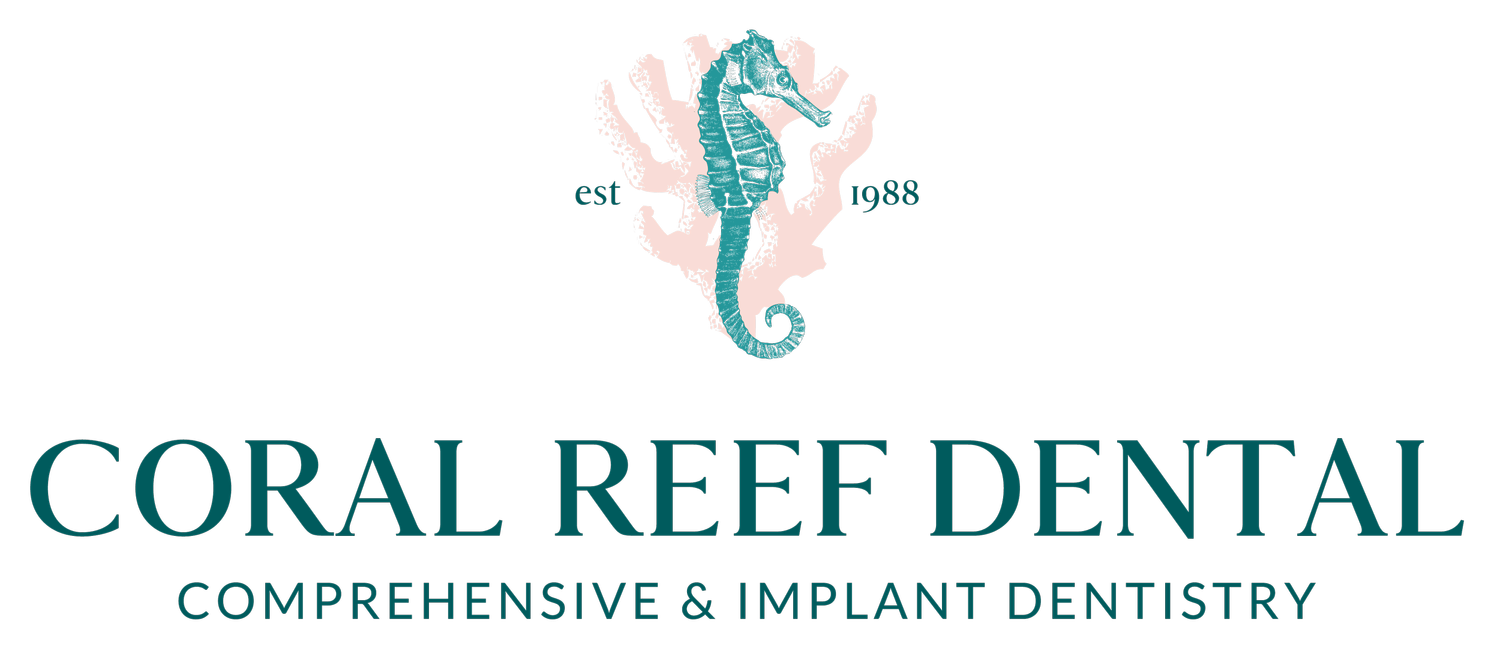Can Periodontal Disease Be Reversed?
Gum disease is incredibly common in the US and abroad, with as many as 95% of people exhibiting symptoms at some point during their lives. If you’re one of the many people experiencing red, swollen gums or bleeding when you floss, you might wonder can periodontal disease be reversed?
The short answer is yes, you can reverse some types of periodontal disease, but the complete answer is more complex. After all, lifestyle habits, oral hygiene practices, and changes to your health, such as pregnancy, can all affect how quickly gum disease progresses. Join us for a guide to reversing periodontal disease!
Is periodontal disease the same as gum disease?
Periodontal disease and gum disease are often used interchangeably to describe inflammation of the soft tissue of your gums. Here’s a closer look at this common condition:
What are the stages of gum disease?
Gingivitis: The first stage of gum disease is characterized by gum inflammation that may only be noticeable when you brush and floss. At this point, the underlying jaw bone is not affected.
Mild periodontitis: When bacteria move beneath the gum line, they may create pockets where your gum separates from your teeth, allowing plaque and tartar to build in areas you can’t reach with floss and a toothbrush.
Moderate periodontitis: As the disease progresses, gum loss begins to occur. Bacteria may eat away at the soft tissue around your teeth. Many people begin to notice chronic bad breath.
Advanced periodontitis: During the final stage of periodontal disease, bone loss becomes unavoidable and you may begin to lose teeth as the structure of your jaw is now compromised.
When does gum disease progress to periodontitis?
Untreated gingivitis often develops into periodontitis. The key distinction between these two disorders is the location of bacteria. Once it makes its way below the gum line, it’s typically considered periodontitis.
Signs and symptoms of periodontal disease?
If you’re experiencing the following symptoms, it’s time to make an appointment with your dentist:
Tender, swollen gums
Bleeding when you brush and floss
Chronic bad breath
Gum recession
Sensitive teeth
Loose teeth
Periodontal pockets
Is periodontal disease reversible?
Periodontal disease is reversible in the early stages. Here are the best ways to cure gum disease and reclaim your oral health:
Treating gum disease early
Diagnosing periodontal disease before the symptoms advance will help you reverse the condition. It’s essential to identify the condition before damage becomes severe. In some cases, your dental professional may prescribe antibiotics to kill the bacteria responsible for your symptoms.
Maintaining oral hygiene practices
Proper oral hygiene practices are the best way to manage periodontal disease at home. Brush and floss twice each day or after meals, and use an antibacterial mouthwash to fight off harmful bacteria.
Regular dental checkups, cleanings, and preventive care
If you’ve been diagnosed with gingivitis or periodontitis, regular checkups, a cleaning every six months, and any necessary preventive care can help you reverse the disease. Since you can’t see beneath your gum line, it’s important to have regular visits with your dental team.
Treatments to help reverse periodontal disease
Once aggressive bacteria invade the gum line, medical intervention is the only way to reverse periodontal disease. Here are some of the options available:
Non-surgical treatments for periodontal disease
Mild types of gingivitis can often be resolved with a standard cleaning. Root planing and scaling can help eliminate plaque and tartar below the gum line. Your dentist may recommend more frequent exams and cleanings until you reverse your periodontal disease. Be sure to include healthy oral hygiene habits at home for the best results.
Surgical treatments for advanced periodontal disease
Advanced tooth decay and severe infection of the tooth root may require a more invasive treatment approach. In some cases, a gum or bone graft can encourage regeneration of diseased tissue. These may include platelet-rich fibrin to kickstart the healing process. Pocket reduction surgery is another option that can prevent tooth loss and keep bacteria from entering your gum line.
At-home oral care
Lifestyle factors like smoking and drinking, a poor diet, and dehydration can all impact your oral health. Be sure to eat a healthy diet rich in fruits and vegetables, limit alcohol consumption, and drink plenty of water. You should also discuss any medical conditions and medications with your dentist, as issues like unmanaged diabetes can contribute to the severity of periodontal disease.
Explore your periodontal treatment options at Coral Reef Dental
Periodontitis doesn’t have to be permanent, but you’ll need to act quickly to reverse periodontal disease. Without intervention, a mild case of gingivitis will naturally develop into a more severe condition.
At Coral Reef Dental, we offer a comprehensive range of treatment services to help you address your symptoms and stop the progression of gum disease. Contact us today to begin your journey to optimal oral health!


